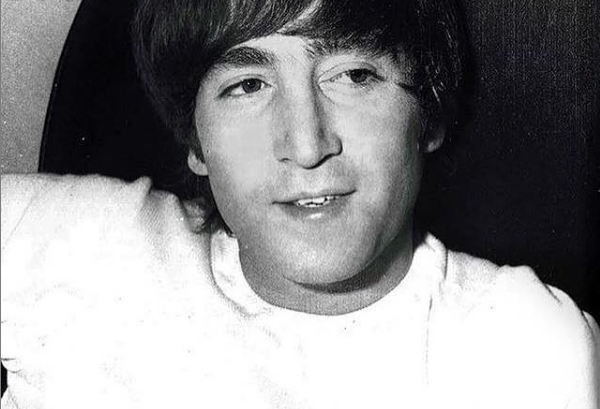“Revolution 9” was the most experimental and avant-garde work of the Beatles. It is the rarest song officially released by the four from Liverpool.
Released on November 22, 1968 within the double album called The Beatles and historically baptized as The White Album, which had 30 songs. This song has a breaking value because it dynamites the entire musical record of the band up to that moment, which had been characterized by presenting a sound of popular music, but systematically pushing the limits. “Revolution 9” -which is 8 minutes 21 seconds long- broke limits after limits.
This work is composed with a sound collage aesthetic, made up of small sounds from different origins, such as fragments of films, classical musical works, reading of literary texts, voiceovers, clusters, piano sounds, horns and babies, crowds , of war and religious situations, symphonies, murmurs, superimposed sounds, others loaded with console effects and largely looped.
In the book The Beatles Recording Sessions (The official Abbey Road Studio Session Notes 1962-1970), by Mark Lewisohn, it is argued that it was a complete John Lennon production with articulation by Yoko Ono and help from George Harrison. It was created in the sessions of June 1968. “John was really the producer of ‘Revolution 9,'” said one of the Abbey Road studio’s recording engineers. Lennon himself once said that he spent more time producing that work than making half the songs he ever wrote. The engineer, for his part, added that Lennon together with George Harrison recorded some of the phrases that are heard in the work such as “The watusi” and “The twist”. Fragments such as “El dorado”, “economically viable”, “industrial output”, “financial imbalance” and “Take this brother, may it serve you well” are also heard.
Lennon admitted fans didn’t dig “Revolution 9”:
In a contemporary interview in 1969, “I don’t know what influence ‘Revolution 9’ had on the teenybopper fans, but most of them didn’t dig it,” Lennon recalled in Anthology. “So what am I supposed to do?” he added.
Lennon gave a more comprehensive analysis of the song to Rolling Stone a year later when he said: “‘Revolution 9’ was an unconscious picture of what I actually think will happen when it happens; just like a drawing of a revolution,” Lennon claims. “All the thing was made with loops. I had about 30 loops going, fed them onto one basic track. I was getting classical tapes, going upstairs and chopping them up, making it backwards and things like that, to get the sound effects”.
“One thing was an engineer’s testing voice saying, ‘This is EMI test series number nine’. I just cut up whatever he said and I’d number nine it,” Lennon adds. “Nine turned out to be my birthday and my lucky number and everything. I didn’t realise it: it was just so funny the voice saying, ‘number nine’; it was like a joke, bringing number nine into it all the time, that’s all it was”.

